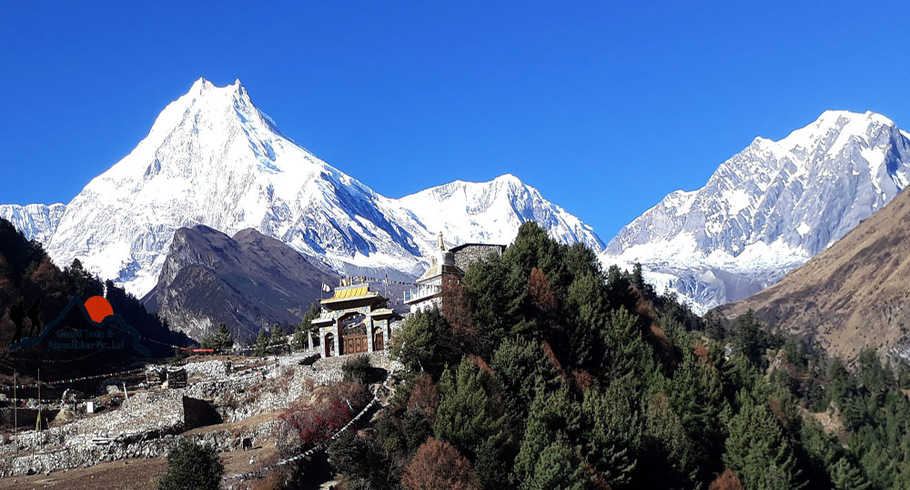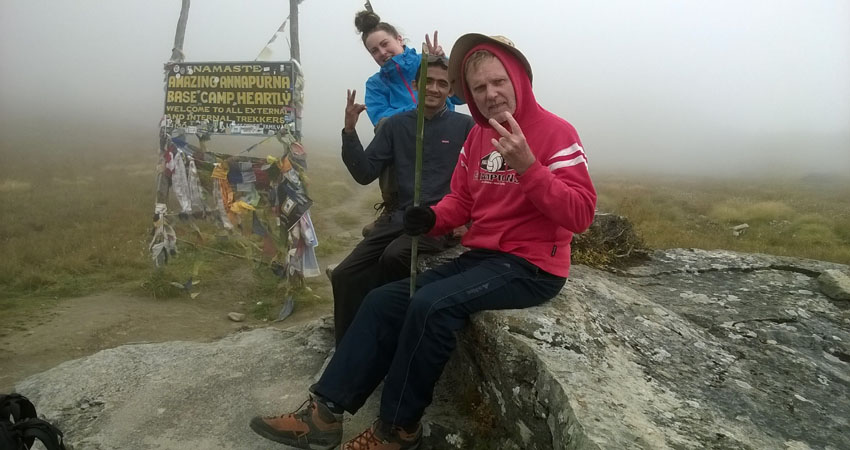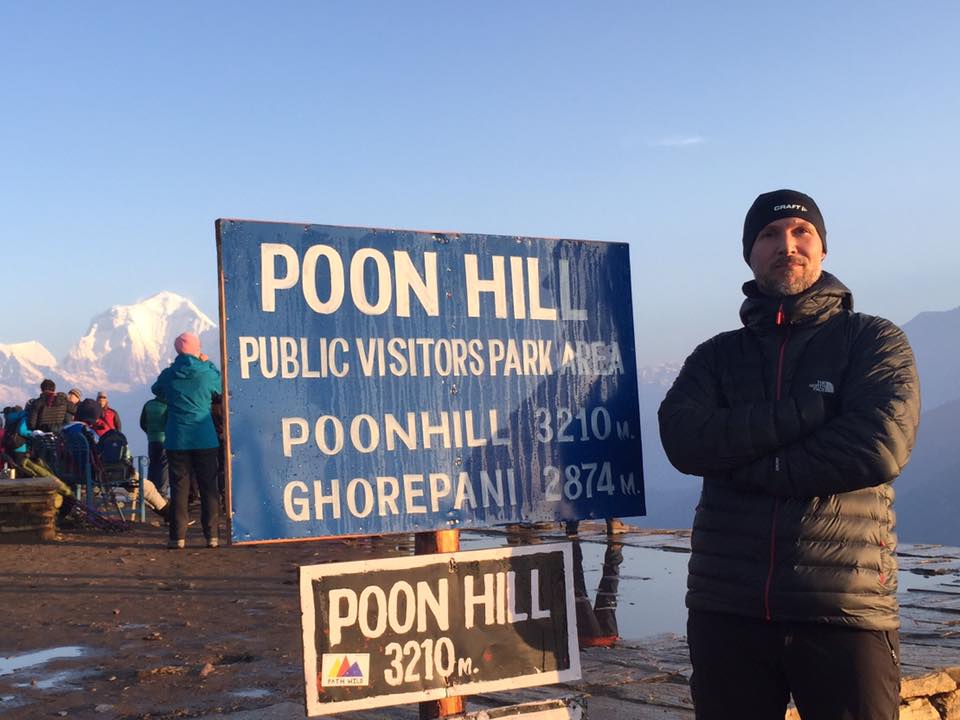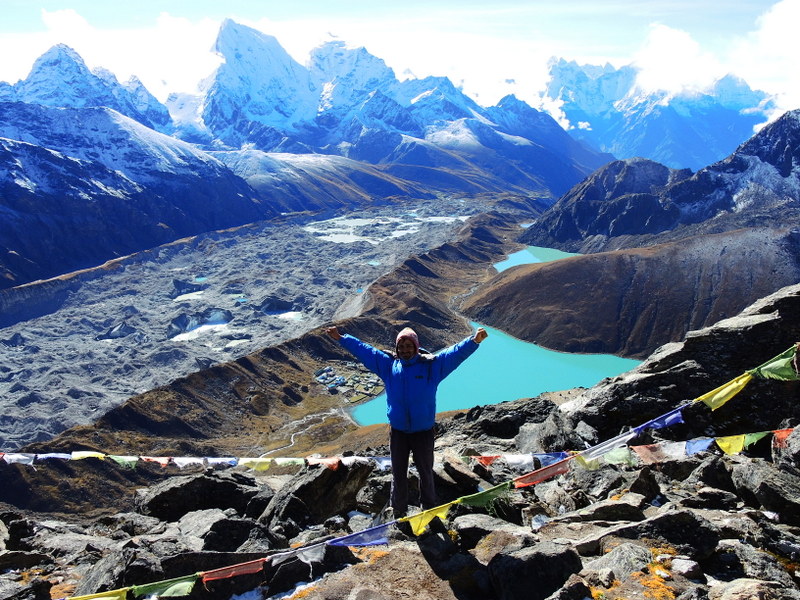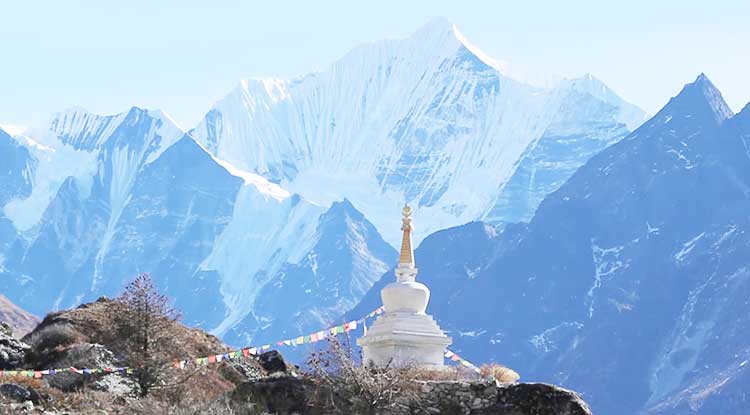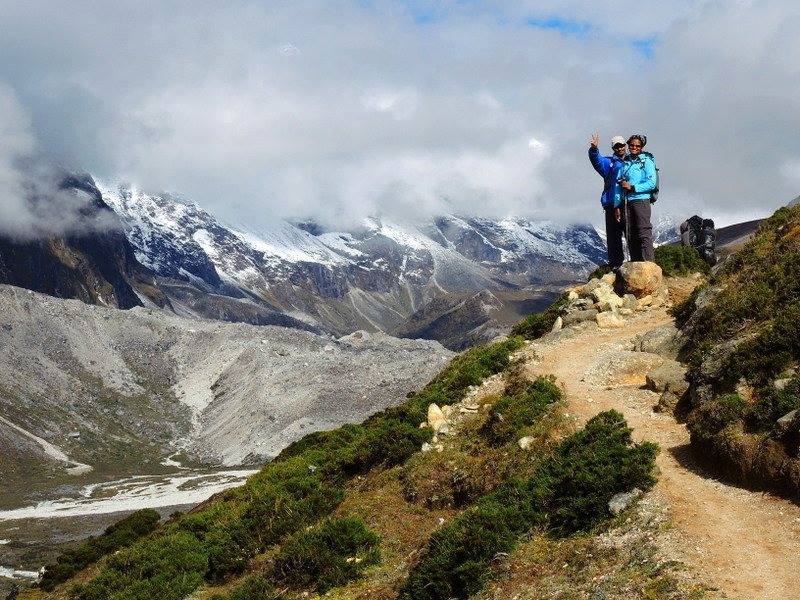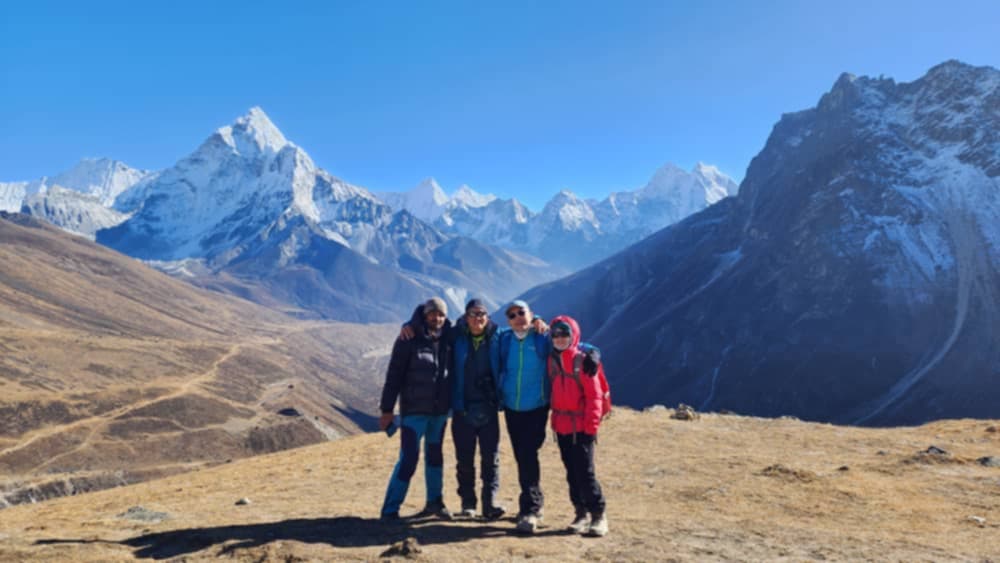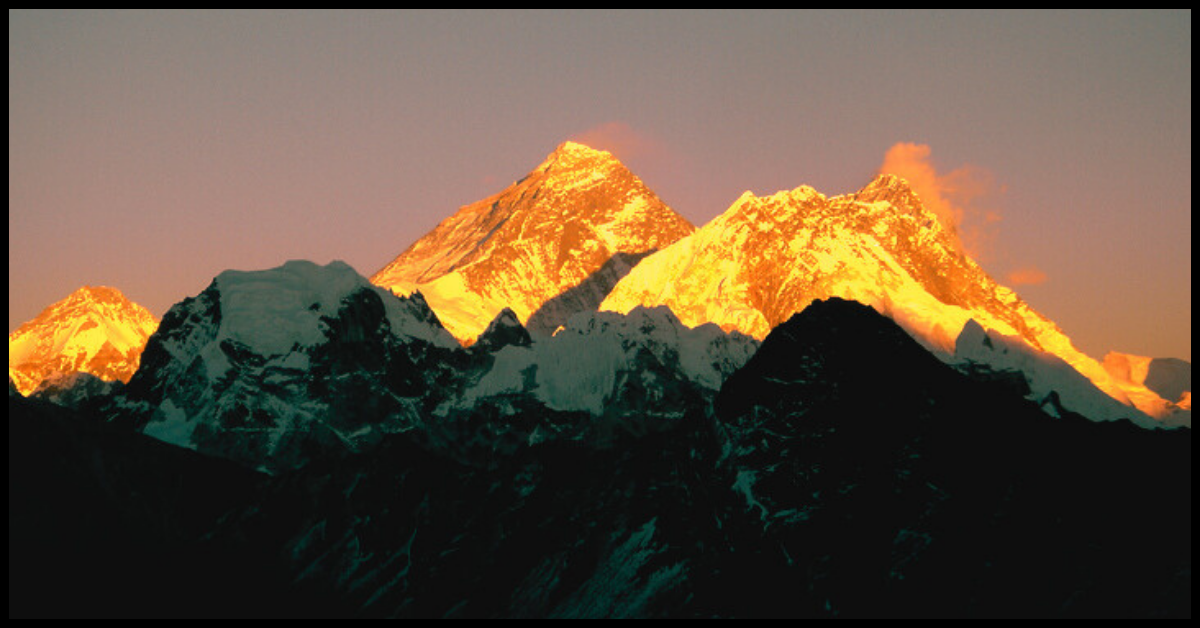Tour Description
Overview Manaslu Trek Via Larke Pass
The Manaslu Trek is a remarkable journey that takes you through the pristine landscapes of Nepal’s Himalayan region. Dominated by Mount Manaslu, the eighth-highest peak in the world at 8,163 meters, this trek offers breathtaking views of snow-capped mountains, lush forests, and cascading waterfalls. Nestled within the Manaslu Conservation Area, the region boasts rich biodiversity, including over 2,000 species of plants, rare animals like the snow leopard, and a variety of bird species. The trek provides an authentic, off-the-beaten-path experience for those seeking adventure and solitude in the mountains.
Culturally, the Manaslu region is home to Gurung and Tibetan communities, where ancient traditions, monasteries, and festivals like Lhosar highlight the area's spiritual significance. The name "Manaslu," derived from the Sanskrit word Manasa (soul or intellect), reflects its mystical charm. Trekkers will traverse remote villages, cross iconic rivers like the Budi Gandaki, and witness a way of life deeply rooted in Buddhism and animism. The trek is part of Nepal's restricted area trails, requiring special permits to preserve the region's ecological and cultural heritage.
The Manaslu Trek is best experienced during spring (March-May) or autumn (September-November) when the weather is stable and the views are clear. Accommodation is typically in teahouses, offering basic amenities and locally prepared meals, though camping is an option for those seeking a more rugged experience. With proper acclimatization days built into the itinerary and the support of licensed guides and porters, this trek is suitable for adventure enthusiasts with moderate fitness levels and a passion for exploring Nepal’s untouched beauty.
Unique Features of the Manaslu Trek
The Manaslu region is part of Nepal's restricted trekking areas, governed by special regulations. This ensures its ecological and cultural preservation. As you traverse the trail, you'll encounter rare wildlife such as snow leopards, lynx, musk deer, and Himalayan tahr, along with their prey species like blue sheep and Himalayan marmots. The trek offers panoramic views of Mount Manaslu, Himal Chuli, and the Ganesh Himal Range, as well as lush forests, roaring rivers, and picturesque waterfalls.
The cultural richness of the region is another highlight. The trek introduces you to Gurung and Tibetan heritage, with ancient monasteries, stupas, and traditional villages dotting the route. Additionally, the Manakamana Temple in the Gorkha district adds to the region's spiritual allure.
Securing Permits for the Manaslu Trek
Since the Manaslu region is classified as a restricted area, trekkers must obtain a special permit to explore this trail. These permits are issued by the Government of Nepal upon the submission of necessary documents, such as certificates from Nepal Rastrya Bank, TAAN (Trekking Agencies’ Association of Nepal), and tourism-related authorities. To ensure a hassle-free experience, trekking agencies handle the paperwork and legal requirements on behalf of travelers.
Best Seasons for the Manaslu Trek
The Manaslu Trek's climate and weather vary significantly by season. Understanding the conditions can enhance your trekking experience.
Spring (March-May):
A season of renewal, with thawing lakes and blooming flowers. The weather is mild, making it one of the safest times to trek. Risks of avalanches and landslides are minimal.
Autumn (September-November):
Post-monsoon freshness and stable weather make autumn the most popular season. Clear skies and moderate temperatures create perfect trekking conditions.
Winter (December-February):
While the lower trails remain accessible, heavy snowfall at higher altitudes makes crossing the Larkya La Pass challenging. It’s a suitable time for trekkers seeking solitude in the lower regions.
Monsoon (June-August):
Vibrant greenery and abundant flora define this season. However, slippery trails and frequent rain make it a more adventurous and demanding trek.
Cultural Insights and Traditions
The Manaslu region is home to a rich cultural tapestry, primarily influenced by Gurung, Tibetan, and Tsum ethnic groups. The locals practice Tibetan Buddhism and Bon traditions, often blending them with animistic beliefs. Festivals like Lhosar (New Year) and the Tsum Shagya Centennial Festival showcase their deep spiritual roots and commitment to non-violence, with strict rules against animal slaughter and hunting.
Traditional cuisines like Mohi Chop (a blend of skimmed milk, chili, and garlic) and Sukuti (dried meat) offer a taste of the region’s culinary heritage.
Accommodation and Food on the Trail
In the lower altitudes, teahouses provide basic amenities, including single rooms with attached bathrooms. As you ascend, the facilities become simpler, with twin-sharing rooms and common washrooms. Meals typically include a mix of Nepali, Tibetan, and international dishes, prepared using local ingredients. For those with dietary preferences, such as vegetarian or gluten-free, accommodations can be made if notified in advance.
Acclimatization and Trekking Fitness
Successful trekking in the Himalayas requires proper acclimatization. The Manaslu trek includes one or two acclimatization days to help prevent altitude sickness. While a moderate level of fitness is recommended, determination and a positive attitude are equally important. Trekkers should be prepared to walk 5-6 hours daily.
Guides and Porters
The Nepal Tourism Board mandates that treks in restricted areas like Manaslu must be conducted with licensed guides and porters. These professionals ensure your safety and enrich your experience with their knowledge. The guides and porters are insured, and their well-being is prioritized alongside that of the trekkers.
